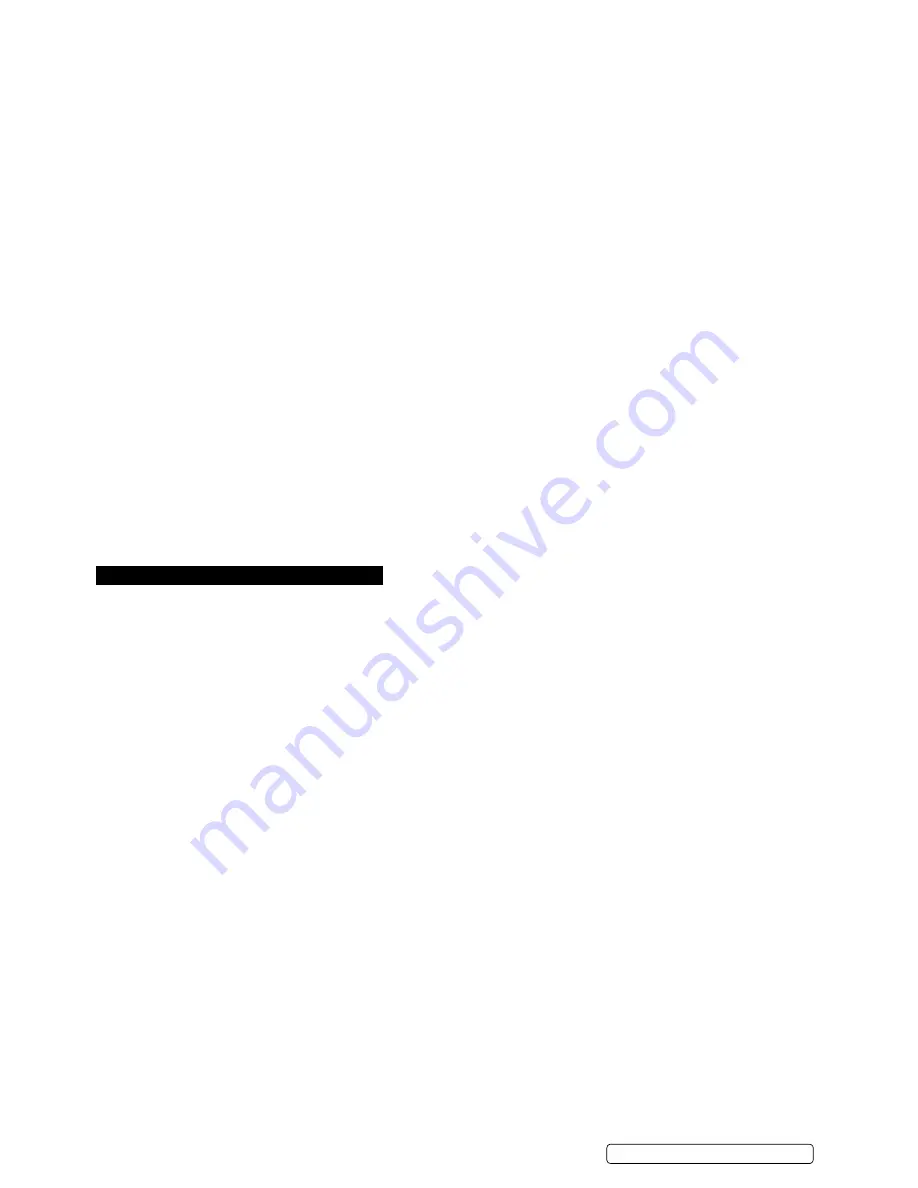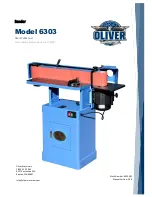
4.3.3.
connect a suitable vacuum hose to the dust extraction Port (7)
4.3.4.
Note: The Dust Extraction Port is designed to fit a 35mm diameter hose.
4.3.5.
If no vacuum dust extraction system is available, the supplied Dust Bag (5) must be used:
4.3.6.
Attach the Dust Bag to the Dust Extraction Port of the sander by pushing and twisting the bayonet fitting on the Dust Bag Collar (6)
warninG:
For optimum dust extraction, remove and empty the Dust Bag when it is no more than half full.
warninG:
remove and
do not
use the Dust Bag when sanding metal. Hot metal particles and sparks could ignite residual wood
dust, or cause the Dust Bag to catch fire. Always connect the sander to a suitable workshop dust extraction system when
sanding metal. Always clean the tool tHorouGHlY when switching from sanding wood to sanding metal, and vice versa.
4.4.
operation
warninG:
Always wear eye protection, adequate respiratory and hearing protection, as well as suitable gloves, when working with
this tool.
warninG:
do not touch the moving sanding disc.
note: Always use clamps to secure your workpiece to the workbench wherever possible.
WARNING: Never allow the sandpaper to completely wear down before replacing it. Failure to observe these precautionary
measures can lead to damage to the hook and loop surfaces, resulting in sanding discs failing to attach properly.
4.5.
switching on and off
warninG:
Always wear safety goggles, an adequate dust mask, hearing protection and suitable gloves, when working with this
tool.
warninG:
never switch the sander on when the base is in contact with the workpiece or any other surface, as this might cause
the operator to lose control over the machine, and lead to serious injury.
4.5.1.
connect the Power cord (4) to the mains power supply.
4.5.2.
Push the On/Off Switch (2) in to the ‘I’ position, to switch the sander ‘on’.
4.5.3.
To switch ‘off’ the sander, push the On/Off switch in to the ‘O’ position
warninG:
Always wait until the machine has stopped vibrating completely before putting it down. Always disconnect from the
power supply after use.
4.6.
sanding
4.6.1.
If the tool is connected to a vacuum dust extraction system, switch the extraction device ‘on’ before switching on the sander. Switch
the sander ‘off’ first, then the vacuum system
4.6.2.
move the machine in a circular motion over the workpiece surface, applying an even, moderate pressure until you reach the desired
surface finish
warninG:
excessive pressure does not lead to a faster removal of material; it will, however, lead to premature wear of the
sanding disc, and may cause damage to the machine.
4.6.3.
If there are still scratches on your workpiece after sanding, refer to ‘Selecting
the right grade of sanding disc’
5. maintenance
warninG:
Always disconnect from the power supply before carrying out any inspection, maintenance or cleaning.
5.1.
General inspection
5.1.1.
Regularly check that all the fixing screws are tight.
5.1.2.
inspect the supply cord of the tool, prior to each use, for damage or wear.
5.1.3.
repairs should be carried out by an authorised service centre.
5.2.
emptying the dust extraction bag
warninG:
Always switch off and disconnect from the power supply before detaching the dust extraction system.
warninG:
Always wear respiratory protection, eye protection and gloves when
emptying the Dust Bag (5).
5.2.1.
Note: For optimum dust removal, empty the Dust Bag when it is no more than
half full.
5.2.2.
Detach the Dust Bag from the Dust Extraction Port of the sander by pulling and twisting the bayonet fitting on the Dust Bag
Collar(6).
5.2.3.
dispose of the waste.
5.2.4.
Attach the Dust Bag to the Dust Extraction Port of the sander by pushing and twisting the bayonet fitting on the Dust Bag Collar
5.2.5.
note: if the sanding dust contains harmful substances, such as particles from old paint, varnish, surface coatings etc., always
dispose of according to local laws and regulations.
5.2.6.
note: Always clean the tool tHorouGHlY when switching from sanding wood to sanding metal and vice versa.
5.3.
cleaning
warninG:
Always wear protective equipment including eye protection and gloves when cleaning this tool.
5.3.1.
Keep your tool clean at all times. dirt and dust will cause internal parts to wear quickly, and shorten the device’s service life.
5.3.2.
clean the body of your machine with a soft brush, or dry cloth.
5.3.3.
Never use caustic agents to clean plastic parts. If dry cleaning is not sufficient, a mild detergent on a damp cloth is recommended.
5.3.4.
Water must never come into contact with the tool Ensure the tool is thoroughly dry before using it.
5.3.5.
if available, use clean, dry, compressed air to blow through the ventilation holes (where applicable).
5.4.
lubrication
5.4.1.
slightly lubricate all moving parts at regular intervals with a suitable spray lubricant.
5.5.
Brushes
5.5.1.
over time the carbon brushes inside the motor may become worn
5.5.2.
excessively worn brushes may cause loss of power, intermittent failure, or visible sparking
5.5.3.
if you suspect that the brushes may be worn, have them replaced at an authorised service centre.
5.6.
storage
5.6.1.
store this tool carefully in a secure, dry place out of the reach of children.
s
0125 | Issue 2 21/02/17
Original Language Version
© Jack sealey limited






















